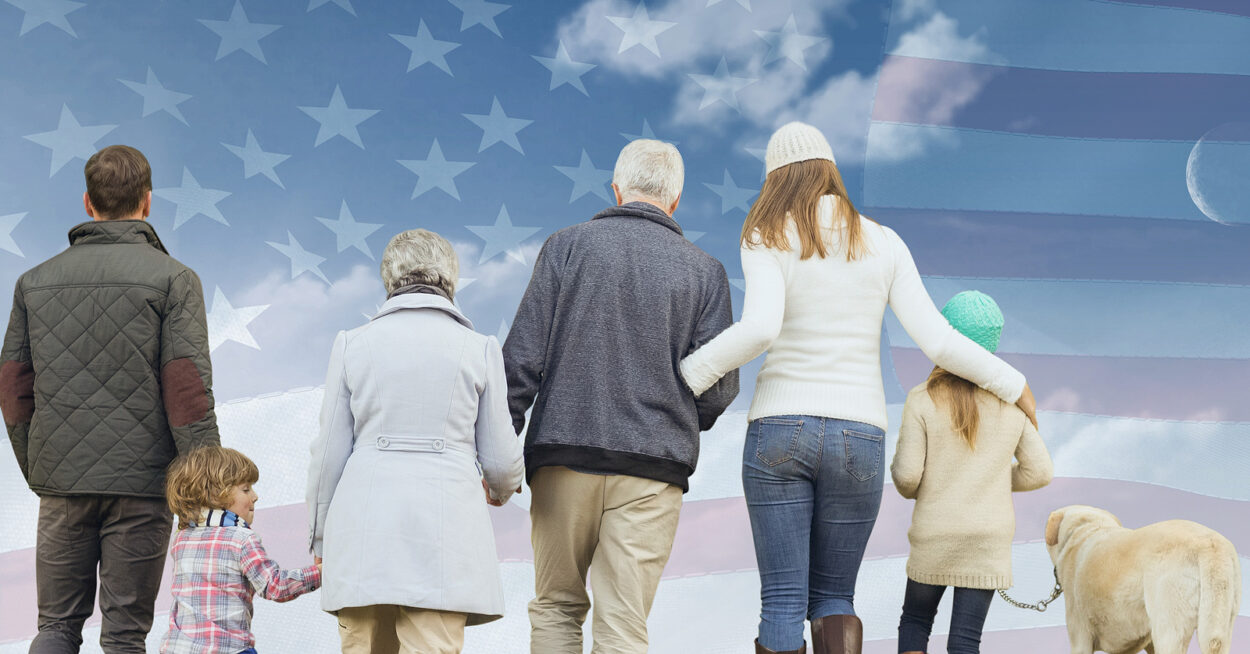A time for reflection and remembrance, Memorial Day inevitably stirs up memories of our own time in the service. We often find ourselves sharing these stories with our loved ones. Some stories are humorous, while others are poignant–no matter the feeling evoked, each story is significant.
Like all of us at the Minnesota American Legion, you know the importance of passing down your memories and lessons learned to those you love. But research shows that oral history can be lost after just three generations.
To preserve your history, you should consider documenting your experience. Below is a guide to help you define, document, and share your life stories with those you love.
1. Define Your Stories
The first step in documenting your experience is to answer this question: What stories do you want to share with your family and friends? Brainstorm a list of ideas in a notebook (or on your device). Below are a couple helpful strategies you can use.
-
Keepsakes.
Gather keepsakes from your time in the service, including letters, photographs, memoirs/diaries, medals, dog tags, uniforms–whatever you can find. Hold them, interact with them, and observe the memories that surface. Jot these down in your notebook with just a few key words. The goal is to construct a narrative around each keepsake that you will be able to share.
-
Questions/Prompts.
Sometimes, all you need to shake loose some story-telling gold is to be asked the right questions. Storiicare.com has a great list of meaningful questions for veterans that will help you frame your experience. Write down each question in your notebook and record your responses. These answers can be as short or detailed as you want them to be. (Remember, they don’t have to be perfect–you’ll have a chance to refine them later.)
After you’ve brainstormed, sift through your list of story ideas and put a star by the ones that are the most important to you. Usually, these stories are meaningful because they have a significant emotional resonance, or a lesson to be learned.
2. Document Your Stories
Once you have your list of story ideas, you’re ready to expand and document them. There are a few different ways you can do this.
-
Writing.
Writing is an excellent way to preserve and pass down memories. If you choose to write your stories, compose a draft or two and do some editing before you write the final copy of each story. You may choose to write your memoirs in either a digital document on a device, or a physical notebook. For the latter, you’ll want to choose a quality notebook that will protect your stories for years to come.
-
Audio.
Creating audio recordings will give your loved ones the benefit of hearing your voice and tone as you recount your experiences. You can record yourself with the Voice Memo app on your smartphone (or, with special recording equipment). Once your stories are recorded, sync your smartphone with your laptop and burn the audio files to a CD, or simply drag and drop the files into a flash drive or hard drive. If you need help with this, you can ask a loved one to assist you, or consult a search engine for directions.
-
Video.
Video is the most vivid medium through which you can tell your stories. You can record videos with a digital camera, smartphone, or even web camera on your laptop. If you’re using a digital camera or a smartphone, consider setting up a tripod to hold the camera at eye level, or you can ask a loved one to help you by holding it.
3. Sharing Life Stories With Family and Friends
Now it’s time to share your stories and connect with your loved ones.
If you wrote your stories in a notebook: The next time your loved ones visit you at home, show them your book of memories and invite them to read it any time they’d like. Make sure it’s in a place where they will always be able to find it, or allow them to take it with them when they go.
If you typed your memoirs/recorded audio or video memoirs: Email your friends and family a copy of your stories. Make sure you have the master copy stored in a safe place, such as a flash drive, hard drive, or CD. Let your loved ones know where it is, should they ever need to find it.
Making the Connection
Once you’ve documented them, you’ll have a better grasp on how to share your experiences verbally, too. Make an effort to connect with your loved ones and let the story-sharing come naturally.
Start a hobby with your family and friends, or invite them to join you in yours (painting landscapes, building birdhouses, fixing cars–whatever you enjoy doing.) Go on relaxing walks, take your loved ones on scenic drives, or plan a monthly picnic.
The more time you spend with your friends and family, the more natural opportunities you’ll have to share memories from your life and time in the service. And when the time comes for them to pass down your history to their children, you can rest easy knowing your life stories are preserved for generations to come.
The Minnesota American Legion Welcomes You
Join a community of like-minded individuals and swap stories with fellow veterans at the Minnesota American Legion. Through our various programs, we make a difference in our community by mentoring youth and advocating patriotism and honor. Contact us about a membership, or sign up through our website today.
